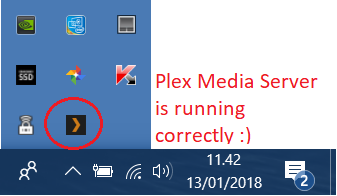

We’ll also change the memory for the GPU to only use 8MB of RAM In this application we need to change the boot behaviour so that the Pi boots to the terminal and is logged in. From there select the Raspberry Pi Configuration application. When your Pi has booted to the desktop, click on the menu to the top left of the screen and go to the Preferences menu. Lastly attach the power cable to boot the Pi. Insert the microSD into the Raspberry Pi, then attach any peripherals such as keyboard, mouse, HDMI, Ethernet to the Pi.

With Raspbian installed we now need to boot our Raspberry Pi. The best tutorial on how to install Raspbian on an SD is provided by the Raspberry Pi Foundation and can be found on their blog It is vitally important that we use the latest version of Raspbian with the Raspberry Pi 3 as it has tweaks that enable the Pi 3 to really fly. We start the project by installing the latest version of Raspbian on to an 8GB or greater SD card.

Faster CPU, more CPU power enables our Raspberry Pi 3 to index our media library quicker.So how can this help our media server project? The CPU of the Raspberry Pi 3 is an ARM Cortex A53 clocked at 1.2GHz per core, giving us the most powerful Raspberry Pi ever! The new Raspberry Pi 3 is now 66% faster than the Raspberry Pi 2 and is approximately 10X faster than the original Raspberry Pi. VideoCore IV GPU and 3D now clocked at 400MHz and 300MHz respectively.Broadcom BCM43438 WIFI and Bluetooth connectivity.Broadcom Quad Core 64bit CPU 1.2GHz (BCM2837 SoC).Photo Credit - Raspberry Pi Foundation Technical Specifications But on February 29th 2016 the Raspberry Pi Foundation announced their latest board, the Raspberry Pi 3. Recently we built a Plex Media Server using the Raspberry Pi 2, at the time the Raspberry Pi 2 was the most powerful board in the Raspberry Pi range.


 0 kommentar(er)
0 kommentar(er)
